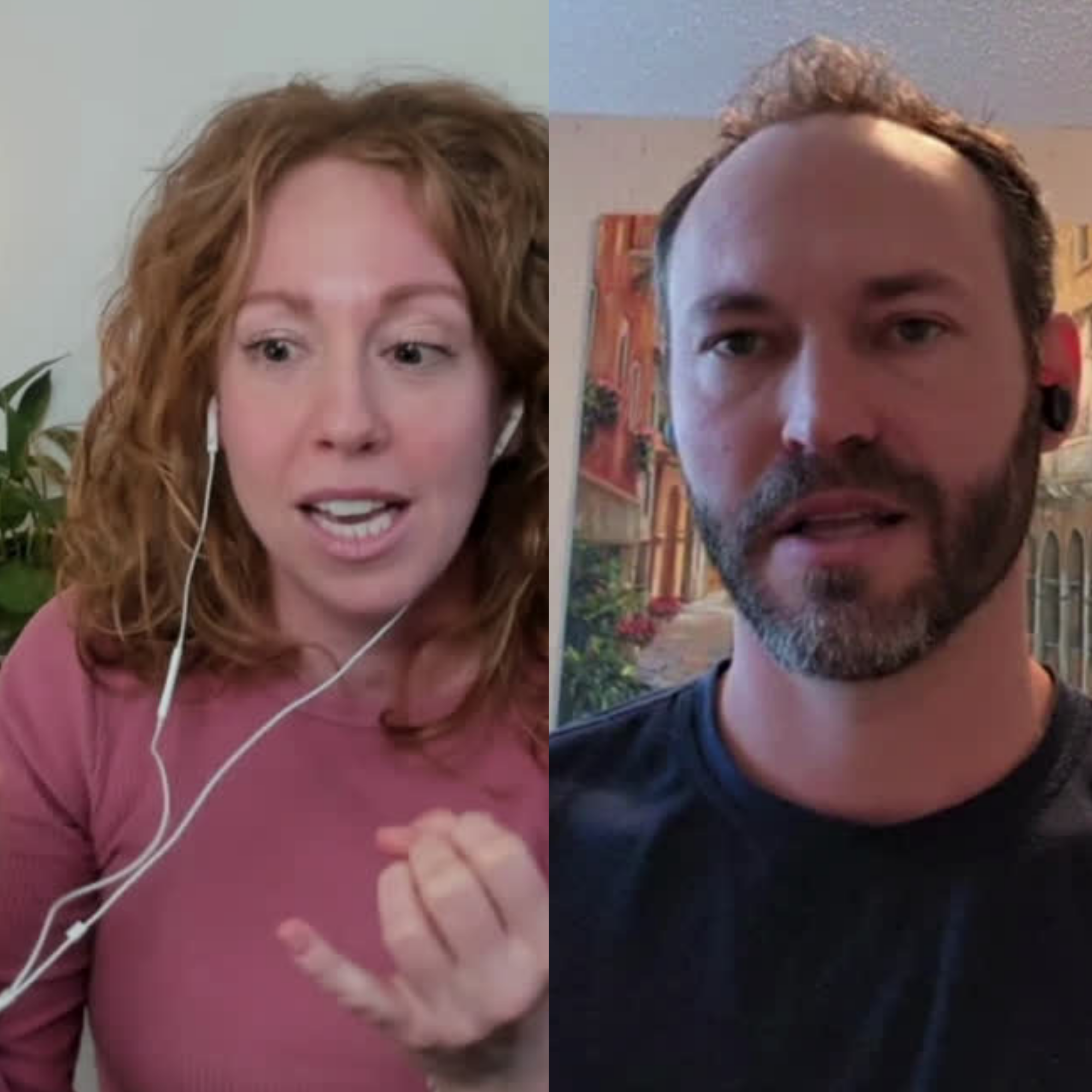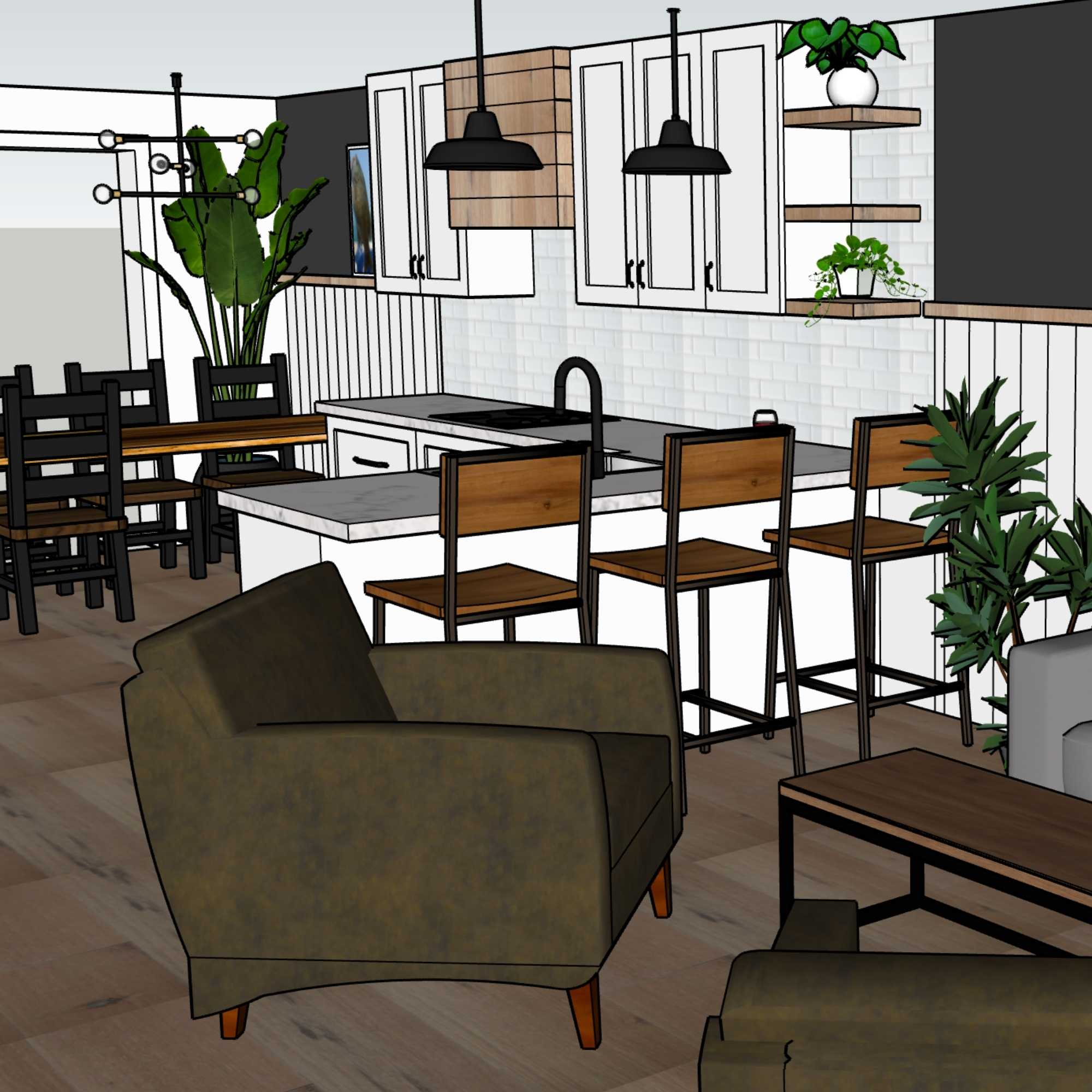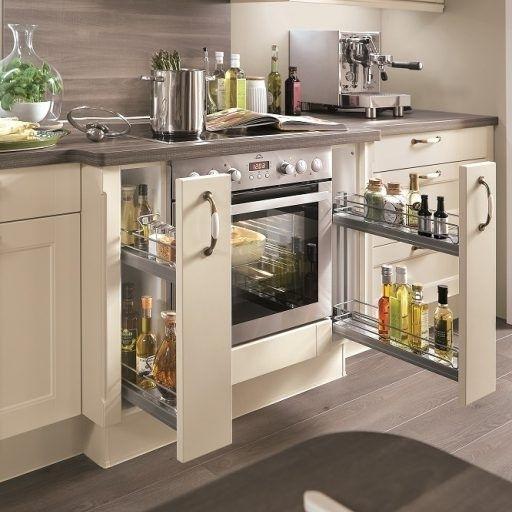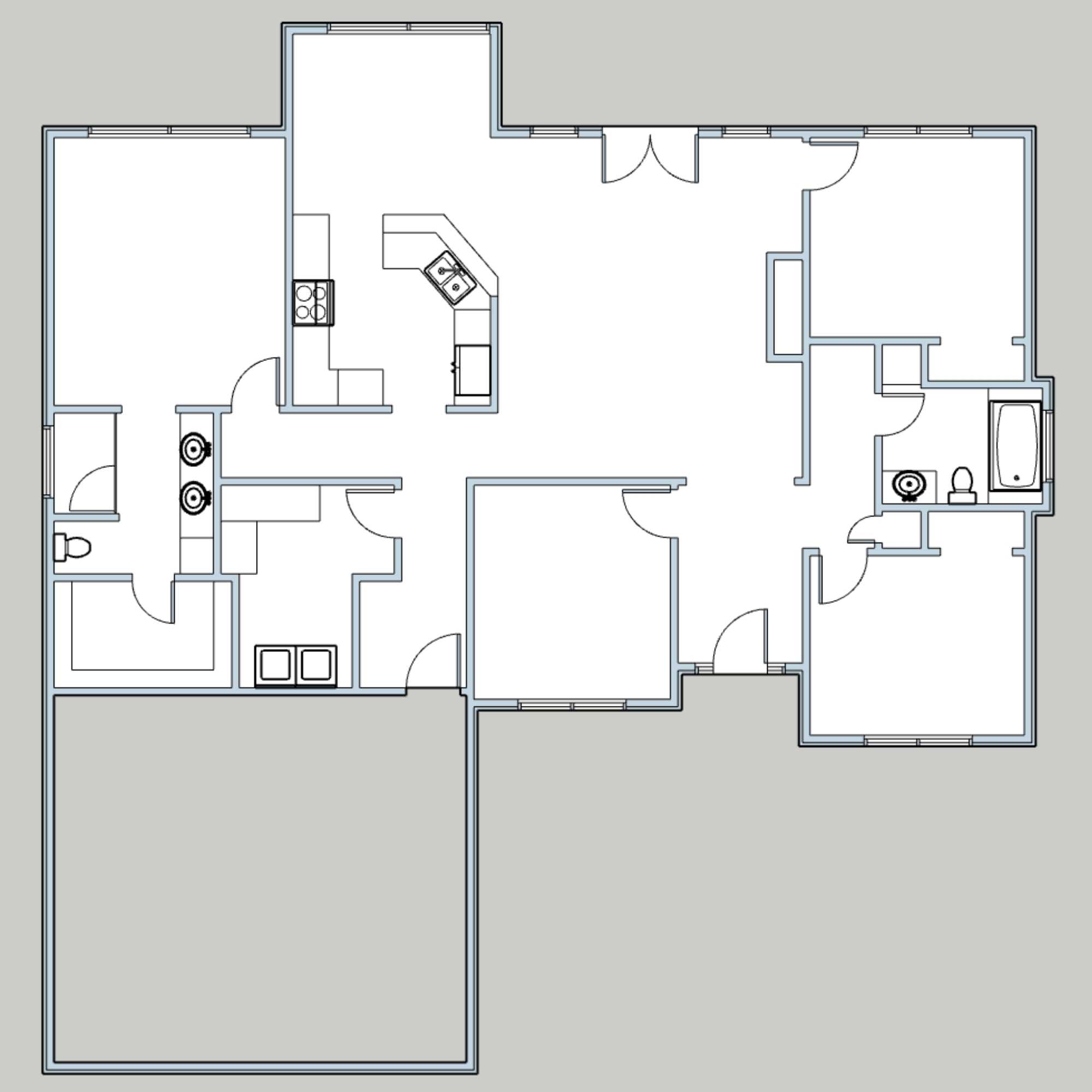
Documentation, eh?
Hello friends! Today's post is all about Renovation Planning Documentation, and even though this sounds like it should generate about the same excitement as stale bread 🍞, please please please give me a few minutes and I know I can change your mind. By the end of this post, it's my goal to make you feel as excited about renovation documentation as you do about going out for brunch with some close friends on a warm & sunny Sunday morning ☕️.
In all seriousness: this topic is so near and dear to my heart because of my project management background (and inherently organized list-making personality) and so I'm going to share it with you today with all-natural enthusiasm. Documentation is the backbone of a well-planned AND well-executed renovation, and you just cannot get your dream home without it. It plays a role during every phase of the process, and my goal today is to get you hyped up about it and see the value that I see.
I'm not just passionate about solid documentation because of its immense power, however. I am also so excited to share this information with you because documentation is really one of the cornerstones of what I'm trying to accomplish with Barn Cat Renovations.
If I had to pick two main messages to drill home to you if you're thinking about renovating any part of your home, it would first and foremost be that you need to plan your renovation before you make any calls to contractors or architects or designers or anybody else. Planning your reno is absolutely a task you're capable of doing, and it will guarantee you results that you won't get if you just rely on other people to do the work for you, and you are guaranteed to spend more money going another route.
But the second message and my second most important mission here at Barn Cat Renovations is to get you to use project documentation for your reno. Use it for everything, and use it with gusto. Documentation has no downsides and only serves you a thousand times over both in the present and the future. And not just one future…multiple times in your future; days, weeks, months, and even years down the road. We'll get into all the benefits shortly but for now just know that I really want to drill home the value in it and want to encourage everyone to take this post to heart and make good use of the information I'm sharing today.
This stuff makes my heart beat faster. We get into the nitty gritty of how to make the decisions that go into the documents as part of Renovation Planning Academy, but this post is going to outline what you need, when you use them, why you need them and and how using them is going to save you money, save you overwhelm, and save you disappointment. With every article I write, I make sure to focus on at least one of those areas. But with documentation, you get to save all 3!
I know that you're a planner who wants to get yourself organized and ready for your renovation—that's why you're reading to this article—so the rest of this post is going to rock your socks!
Let's dive in!
What Usually Happens in Most Renovations?
Let's start with the problem. Because there definitely is one and it's rampant.
Most of the time, when people go directly to a contractor with their renovation idea, a few conversations will take place and then an agreement is signed in which the homeowner consents to hand over a specific budget of dollars for a vague and undefined result. Before you know it, the hammer is in the wall and demolition has begun—all before you've figured out what exactly is going to happen in your home! I am not kidding you here, that renovations are being started without the homeowner having a clear picture of what they are even getting.
“I hope he sends us drawings soon” is an exact quote I heard just last week from someone that was having construction starting 3 days later. I was blown away that execution on a project was about to start before it was even planned. I pressed this woman for more details about what exactly she was going to receive and she couldn't answer my questions. She was expecting the builder to go to her “when the time was right” to sit down and talk about the renovation and provide details of what would be completed. Hint: The time was right at least 6 months ago.
When you leave it up to a contractor to approach you with the plan, it will either:
- not happen at all and you just get what you get and end up disappointed because you thought that they could read your mind and see the different vision you had for your space, or
- be too late so that you're already too far down the process to change certain decisions the contractor has already made so you still end up disappointed.
Contractors are wonderful, highly skilled craftspeople who offer a lot of value—but they are not all good project managers and designers and mind-readers too.
And this is the gap.
This is the gap that YOU (with my guidance) need to fill in order to get the reno of your dreams.
I hope it's clear to see the problems. If the details are not being defined up front, there is no way to include this important information in the agreement. When this happens, there is no mutual understanding of the project scope, team, timing, finishes, etc—and this approach almost always ends up with disappointed—if not furious—homeowners because their interpretation and expectations of what they were going to get will never match what the contractor plans to deliver.
What is Renovation Planning Documentation?
Renovation Planning Documentation is a suite of templates and document types that should be filled out for every renovation project by you, my trusty, diligent homeowner, in order to set yourself up for a successful renovation. There are two different types of documents that you'll need to create that serve different purposes and audiences at different times throughout the renovation journey. I refer to them as Internal and External documentation. Let's start with Internal.
Internal Documentation
Internal documentation is the practice of creating and updating detailed notes to inform your own decisions.
Internal documentation should be created starting from the very beginning stages of your planning process (now, if you haven't already started) and continued throughout your journey in order to maintain a full set of notes for everything you're doing and thinking.
Most people don't start this process early enough (or at all), and regretfully end up re-doing a lot of their research many times over because they didn't take the time to write things down—let alone in a way that is actually helpful.
Examples of Internal Documentation include your:
- Scope and Budget Spreadsheet
- Contractor selection notes
- Finishes selection notes—everything from cabinet makers to Plumbing finishes brands, to where to shop for wallpaper
- Anything you have done, researched, inquired about, or considered doing
Internal documentation is what most people kick themselves over, but it's external documentation (or lack thereof) that people get into lawsuits over. [queue the threatening music] ⛈ ⚡️
External Documentation
External documentation is the practice of creating and updating drawings and specifications to inform other people of what they need to do.
External documentation gets started during your planning process, but is specifically crafted near the end of your journey to communicate your final picture of wants and needs to your contractor and tradespeople about every detail of your renovation.
The quality of your external documentation is perhaps the biggest driver that will determine if you actually get what you want, or end up frustrated and angry with your team of contractors and trades.
Examples of External Documentation include your:
- Scope Description
- Drawings
- Specifications
- Permits
- Finishes Manifest
- Statement of Work & Change Orders (these don't get created by you, but they become part of your documentation)
Why is Renovation Planning Documentation Important?
Proper documentation is the biggest single factor that can influence whether your renovation will go smoothly or be rife with cost overages, delays, fights and frustration. This single element is what makes Design-Build companies an attractive option—they take care of the documentation factor (for a hefty fee of course) so that their internal teams communicate effectively. But you don't need a Design-Build company, because you're already reading this article and you can absolutely do all the documentation yourself. Let's dive into why effective renovation planning documentation is so important, and how exactly it will be the hero in your project. 😉
1. You only have to do the work once.
I alluded to this earlier when I explained what Internal documentation was because this problem is primarily applicable in that area. The typical research phase for a renovation is long, and you'll visit a lot of web pages and research dozens of finishes and suppliers. By taking good notes as you go and documenting the information you want to reference later, you won't have to remember links and go back through them to recall the pertinent details. That just wastes more time and energy that could have been avoided, and makes it harder to make decisions. When you use a template like the downloadable freebie at the bottom of this post, and fill it out as you do your research, you will save yourself hours and hours of rework.
If you decide to do another renovation in several years or perhaps this one just takes a really long time to plan because of delays and, well...life, or you decide to wait two more years to save up so you can do the right renovation you really want—you'll be so glad you have these notes.
When I was calling around to get initial quotes on a skylight just for budgeting purposes, one company I called was super friendly and gave me a rough ballpark estimate and asked me the right questions about the space to understand my true needs instead of just trying to sell me on their product. Another company I called right after just immediately asked me for my home address, and I said I didn't want to share that and he got all huffy and angry at me and said something like “you want all this information from me, and for me to help you, yet you don't want to share any information with me!” and went bonkers on the phone and I actually had to hang up on him because he was being SO rude.
You can bet I made notes about that supplier so that I would NEVER call them again. If I didn't make these notes, you know what would happen? I would repeat the exact same Google search for local skylight suppliers, that one would show purple that I'd already clicked on it, the website would look familiar, and I would call them back again. That is wasted time repeating the online search, repeating the phone calls, and potentially getting into another huffy fight or getting pissed off again. I don't need to lose time and good vibes over something like that. I make notes the first time.
You WILL forget who you talk to, what they said, and what you liked/didnt like, so take good notes about everyone you want to call, who you actually call, and how the conversation goes. By the third phone call you make about any topic or material, you will have details confused in your head and forget who said what—and this is absolutely certain. The notes are worth every second of the time it takes to create them.
2. You create a single source of truth
In just a few minutes here, I'm going to teach you how to take these notes, but a sneak peek tip is that wherever possible, you should be using “living” documents like Google Docs and Sheets for your Internal and External documentation. Living documents are ones that are housed in ‘the cloud' and are continually editable just using an internet browser. They can be shared and multiple people can edit or add comments to a living document at once. There is no single static version that can only be stored and updated from a single terminal that needs to be saved with the date and a version number to track the updates.
Instead, living documents ensure that you always have the latest version at your fingertips, there is no information lost in other versions of your document, and you can share it. Anyone else who has access to your document also gets to see live updates, and maybe even contribute to the document too. Instead of sharing a static file, you can send someone the link to view in their internet browser. This is great if you're planning your renovation with your husband or partner, and want to keep a running list of notes about suppliers or who you've called. You'll both always be totally up to date and will never have to worry about single hard-copy versions of files getting lost in emails and being immediately out-of-date. Instead, your Google doc will always be the single source of truth; updated in real time. They are truly amazing!
The single source of truth is also extremely relevant for the External documentation. When you're sharing specifications with tradespeople about what you want, everything can be detailed out in a Google Doc so that your team always has the correct and latest information, and any updates, at their fingertips with a single link. They never have to worry about forgetting a dirty print-out in their home or truck, or losing a site plan. They also never need to worry about storing or printing updated versions of any documents or plans. As long as they are looking at the link of the living documents, they will automatically have the most updated version. Everything will be nicely stored in a neat Google docs folder so that it's always there from any device. No excuses.
3. You can plan ahead for redundancy
During any renovation, there are typically a lot of moving parts with a lot of different people. You'll have your general contractor, who will then bring in specific sub-trades for electrical, plumbing, and HVAC. You may have a framer, another helper builder, a couple of drywallers, flooring installers, painters, cabinet installers, countertop installers, carpenters…the list goes on.
That is a lot of people to brief and ensure that everyone is on the same page for what exactly you want. And yes, you might be thinking that that's your contractor's job—not yours—and while that's true, this is also true: It's your house and your contractor is NOT going to make these detailed plans and documents for all these people. Most contractors don't have a project management background, and they are not used to spending the time up front to make detailed documentation. That is time that comes directly out of their bottom line. Most people don't want to pay for that time, (not realizing the immense benefits) and most contractors just believe they don't need to because they can keep everything straight.
But as new team members are brought into the project, and your contractor has to re-brief them on the same things that they've said 10 times before, details start to get ignored because it feels repetitive for the contractor—but it's new for the new person. And they need those details. So if you have everything in a nice tidy document, then you don't have to worry about the many people coming in and out of your job. You don't have to worry if the electrician you started with got sick and a new person had to come and finish the job. When the tasks and specifications are documented and accessible, information won't only live in someone's head, so it's ok if that head stops being available. Google docs are always accessible, even when your computer dies. The file can live on, and the information will be there for whoever needs it.
4. You can get what you want in the end
I saved this until number four in the list but it's really the most important reason to create documentation. If you don't create the detailed specifications to describe the end result you want, then your team has nothing specific to work toward and little details about what you want will:
- not be defined by you in the first place (This is why I created Renovation Planning Academy) and
- not get communicated to the people actually doing the work.
In my 15+ years of doing project management, I've learned that the planning process—thinking through the permutations and documenting exactly what will be done—is the single thing that sets us up for success in delivering that project to the client. This is so important that I'm going to write another post just on this.
Imagine you approached an artist and asked them for a portrait of your child. But instead of bringing the child with you, or giving them a picture of the kid, you just described their features verbally one time. How accurate do you think that portrait will turn out? We both know it will have almost no resemblance to reality. The same thing happens when you don't provide drawings and specifications for your renovation requirements. You may get something nice in the end, but it won't have any resemblance to the final result that you had in your head. And it IS THE DETAILS that matter most.
Drawings and specifications are physical proof of what you want so that contractors don't have to guess at your wants and needs. If these documents are not provided, then they have no way to accurately determine what you want in the end, and that means, quite simply, that you won't get it without writing it down.
5. You have a baseline for conversations and improvements
A baseline is a fixed reference point by which you can measure and compare your actual progress. So by creating a scope baseline and initial drawings, you are creating an initial draft of inclusions and exclusions that you can then use as your starting reference point for making changes or agreeing on the plan once you get into conversations with your contractor and tradespeople.
The baseline is so important because it gives you a place to start. It doesn't mean it's where you'll also finish, and in fact is far from that. Your scope baseline will help you drill down into the details of what you want to do so that you can see everything, which actually makes it easier for you to make changes. It's the same reason why you need to physically draw out your space (as-is, to scale)—the process helps you actually see what you have, which helps your brain process information and find the clarity you need to complete this process.
Your contractor will be a valuable resource in your project, so it's important to review your documents with them well in advance of the project start date. They may spot things right away in your drawings or scope that won't work exactly as you've drawn them, or they might have an even better idea—but you would never be able to have that productive converstaion without first seeing the same point of reference. There is guaranteed to be at least one thing (and likely many!) about which your contractor thinks, “I'm glad you noted that down because I had something different in mind”.
6. You have a source of truth to resolve conflict
Let's jump back to the artist example in number four above. If you ask the artist to paint your son without providing a picture, the artist will just paint a portrait of a generic boy with the features you describe. At the end, when you see the portrait and it's clearly not your child, this is how the conversation will go:
YOU: “That's a nice portrait but it's not my son”
ARTIST: “Sure it is. It has every feature you described. Black hair, brown eyes, cheeky smile. There he is.”
YOU: “No, that's just a collection of features that look fine together, but it's not my son. That's not what he looks like.”
ARTIST: “Show me your son, then, to prove this isn't him.”
Without a picture or your actual son, how can you prove that you're right and that he's wrong? If you were to ask someone else on the street if that was your son, and you didn't have evidence to the contrary, how would anyone else be in a position to judge the case either?
Who is right in this case? The artist painted a picture and included every feature you asked for. It was delivered on time, and the quality of the painting was high. Is it the artist's fault that you were not specific enough in your instructions to properly communicate what exactly you expected? Without a picture of the boy, how could anyone successfully complete the task you requested? Perhaps you set the artist up to fail from the start. (ouch!)
If this was a real scenario and a judge were to rule over the case, you'd have to pay the artist for their work, and just live with the disappointment of having a portrait that looks nothing like what you envisioned. The painful reality is that it's your fault for not providing enough specificity in your instructions to get what you wanted. Hard lesson to learn.
Sure, you can argue that the artist shouldn't have taken the job without more instruction, or they should have asked you more questions, but you didn't have enough budget to get that next level of service. You wanted to pay them, and they needed the work, so they took your cash and delivered based on your parameters.
Now imagine the scenario if you had given the artist a picture of your son. If, at the portrait reveal, the painting still didn't resemble your child, you'd have real grounds to complain and have the portrait amended. Anyone else seeing the portrait, compared to the photo provided, could also see that there were inaccuracies. The power in the case would now be shifted in your favour because you provided the detailed instruction and it would be up to the artist to deliver on that.
The same situation applies to your home. When you have detailed drawings and specifications that outline exactly what result is expected, then it's easy to determine who was at fault if the end result doesn't match the specifications.
However, the very existence of the detailed drawings means that there is unlikely to be an issue in the first place, so never forget that THAT is the primary goal. I hope that you never run into a situation where the drawings weren't followed and you have to have any kind of fight with your contractor or tradespeople.
Also remember that the drawings can sometimes be ambiguous, where both parties legitimately had claim to misunderstand or misinterpret information, in which case, you should agree to go 50/50 with your builder to fix the problem. Never forget that they are part of your team, working together with you to reach your end goal.
7. Your future self will thank you
When you're still living in your home five years after your renovation is complete, do you think you'll remember who you called for quotes, what company provided that now-leaking skylight, and who you vowed never to speak to again?
You won't remember, but your documentation will. It lives on in perfect form even when your brain decides the information is no longer critical for retention.
Documentation serves you before your project, during the actual renovation, and even well after it's completed. So make sure you keep great notes throughout the project, update your documentation with changes that occur, and then take a few minutes to review and store it all in a logical spot for when (not if) you need to reference it again in the future.
YOUR KEY TAKEAWAY THOUGHT
Even if your renovation doesn't require a permit, creating documentation is essential because it foolproofs the plan. As shown with the artist example above, you cannot just describe, verbally, what you want and expect someone else to somehow produce that exact result. We are human, which means:
- You are likely to miscommunicate what you want.
- Your contractor is likely to misunderstand what you say.
- Even if you say it perfectly and your contractor understands perfectly, they are likely to miscommunicate it to the tradespeople or they will misunderstand what is said.
- Even if you say it perfectly and the entire team understands perfectly, everyone is likely to forget.
Documentation takes a few extra minutes in the moment, but saves you exponential amounts of time, effort, mistakes, stress, and disappointment throughout the lifecycle of your project—and beyond—so it's worth it to spend those few minutes each day on Internal and External documentation from the day you decide to starting planning your renovation.










 How to Beat Overwhelm with Your Home Renovation
How to Beat Overwhelm with Your Home Renovation